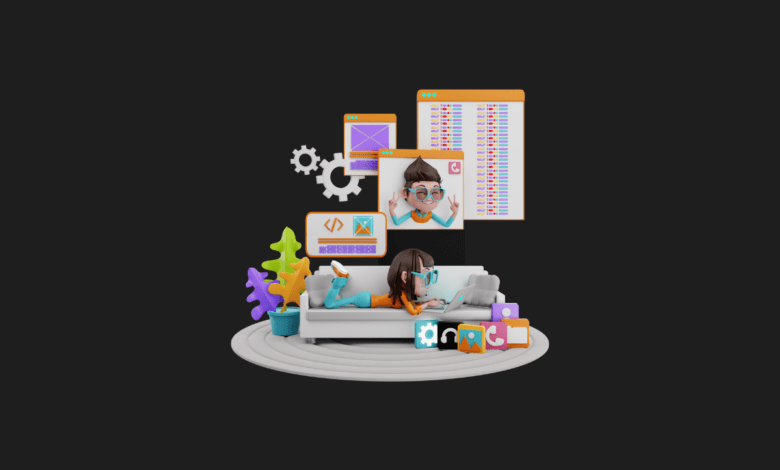The Necessity of Web3: A New Era of Decentralization

The internet has evolved significantly since its inception, with each phase bringing new capabilities and challenges. As we move into the era of Web3, it’s essential to understand why this transition is necessary by examining the previous generations of the web, Web1 and Web2.
Web1: The Static Internet

The first iteration of the internet, known as Web 1.0, was characterized by static websites that served primarily as digital brochures. These sites were read-only, providing users with information without the ability to interact or contribute content. This limited interaction model was a significant step forward at the time, but it left much to be desired in terms of user engagement and content creation.
Web2: The Social Web

The advent of Web 2.0 marked a significant shift in how users interact with the internet. This phase introduced dynamic, user-generated content, allowing individuals to contribute their ideas, creativity, and information. Social media platforms, blogs, and e-commerce sites flourished, giving rise to the interactive web we know today.
However, the benefits of Web2 came with significant drawbacks. As users contributed more content, big tech companies began to capitalize on this data, often without explicit user consent. The concentration of power in a few major corporations led to concerns over data privacy, surveillance, and the exploitation of users’ digital identities. These issues highlighted the limitations of a centralized internet model, where control over content and data is vested in the hands of a few.
The Rise of Web3: A Decentralized Future

The shortcomings of Web2 have paved the way for the emergence of Web3, a decentralized version of the internet that promises to return control to users. In Web3, data and content are managed on decentralized networks, often leveraging blockchain technology, which ensures that no single entity has control over the entire system.
Web3 is not just an incremental improvement over its predecessors; it is a fundamental shift in how the internet operates. By decentralizing data storage and management, Web3 aims to eliminate the middlemen and give users direct control over their digital identities. This new model offers increased privacy, security, and autonomy, addressing the critical issues that have plagued Web2.
Why Web3 is a Necessity Today

The necessity of Web3 stems from the growing demand for a more transparent, secure, and user-centric internet. As data breaches, privacy violations, and the monetization of personal information become increasingly common, users are seeking alternatives that offer more control and less exploitation. Web3 provides a solution by enabling peer-to-peer interactions without the need for centralized authorities.
Moreover, Web3 aligns with the broader trend towards decentralization in various sectors, including finance (with cryptocurrencies and decentralized finance), governance (through decentralized autonomous organizations or DAOs), and content creation (via decentralized platforms). This paradigm shift represents not just a technological evolution but a societal one, where individuals can participate in and benefit from the internet in a more equitable manner.
Web3 is not just the next phase in the evolution of the internet; it is a necessary response to the challenges posed by the centralized model of Web2. As we move towards a more decentralized web, the promise of greater privacy, security, and user control makes Web3 an essential development in the ongoing journey of the internet.
You may also like this content
- Web3 Accelerated in October: Gaming, DeFi, and NFT Transaction Volume Surged
- YouTube’s ‘Gambling’ Update Triggers Crypto Concerns: What is Actually Changing?
- $10 Million Reward for White-Hat Web3 Hackers
Follow us on TWITTER (X) and be instantly informed about the latest developments…










